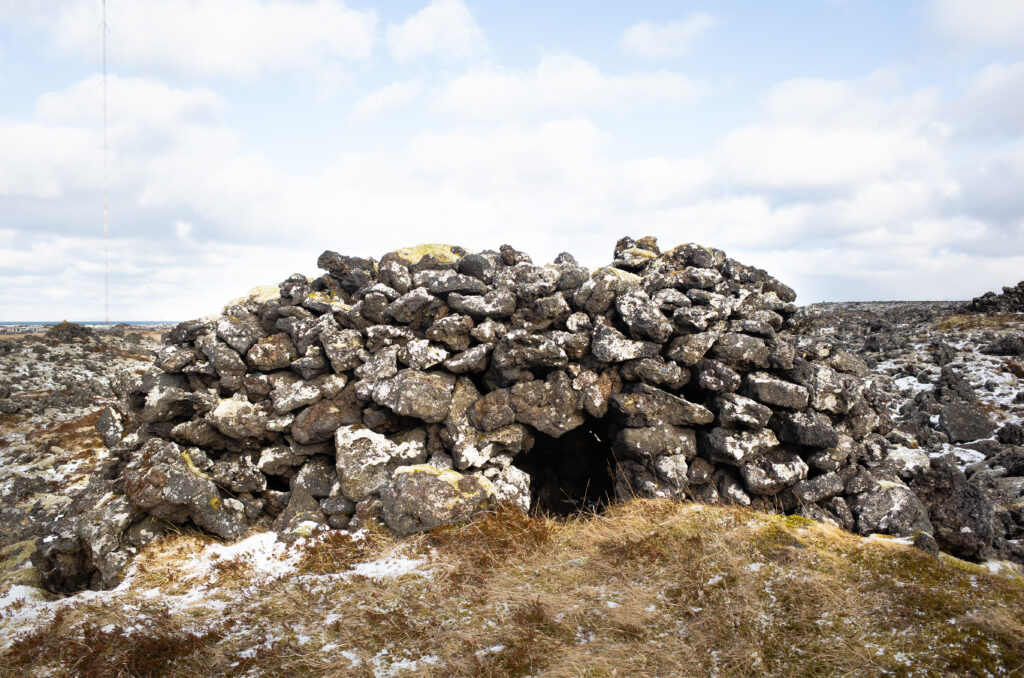Cultural landscape
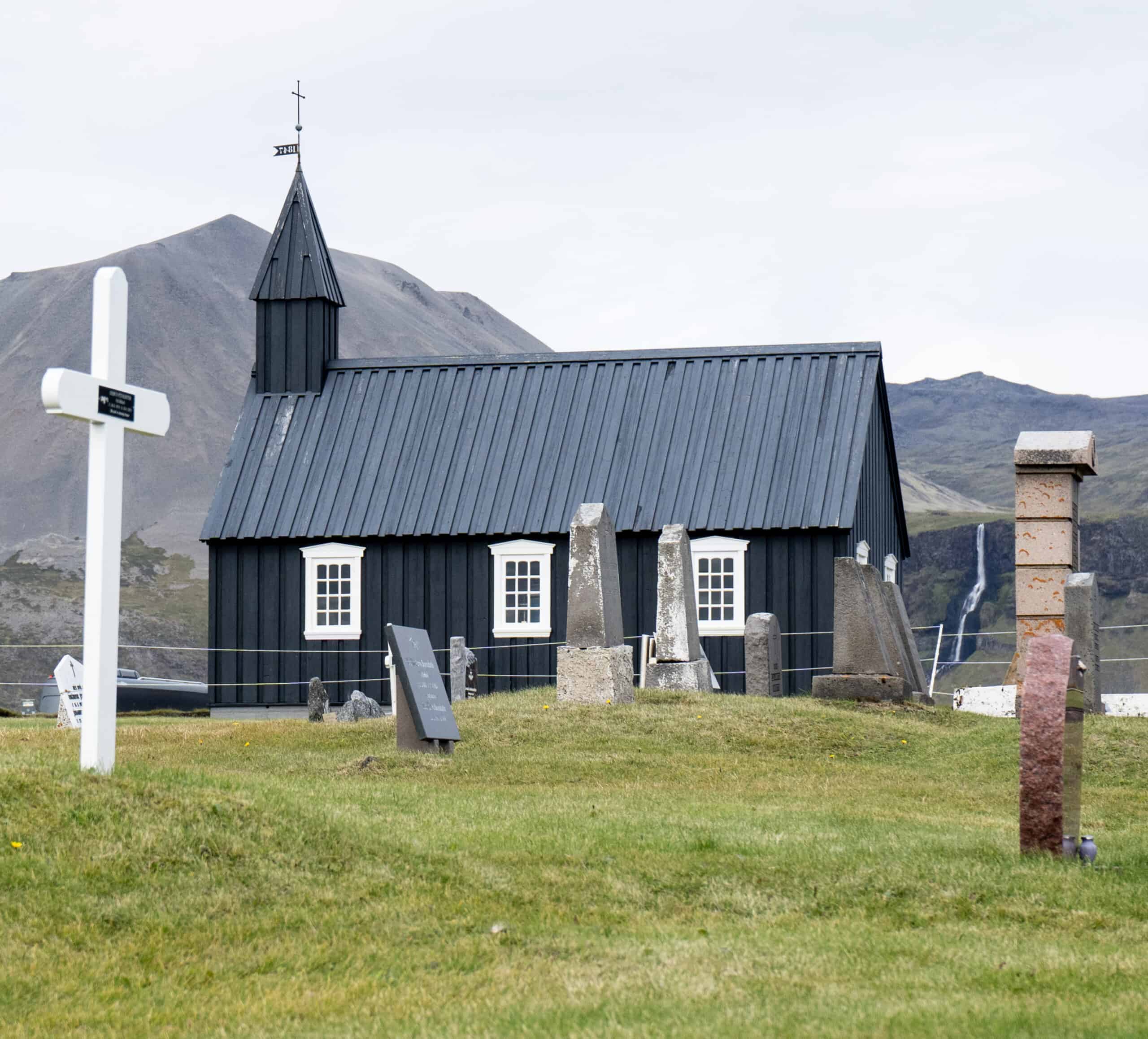
Residence
It is intended to record the residence history of all settlements in the national park. Various sources exist on people’s domiciles and way of life in the past, including church registers, county and parish accounts as well as books like “Kirkjur undir jökli”, “Íslenskir sjávarhættir” by Lúðvík Kristjánsson and “Jarðabók” by Árni Magnússon and Páll Vídalín
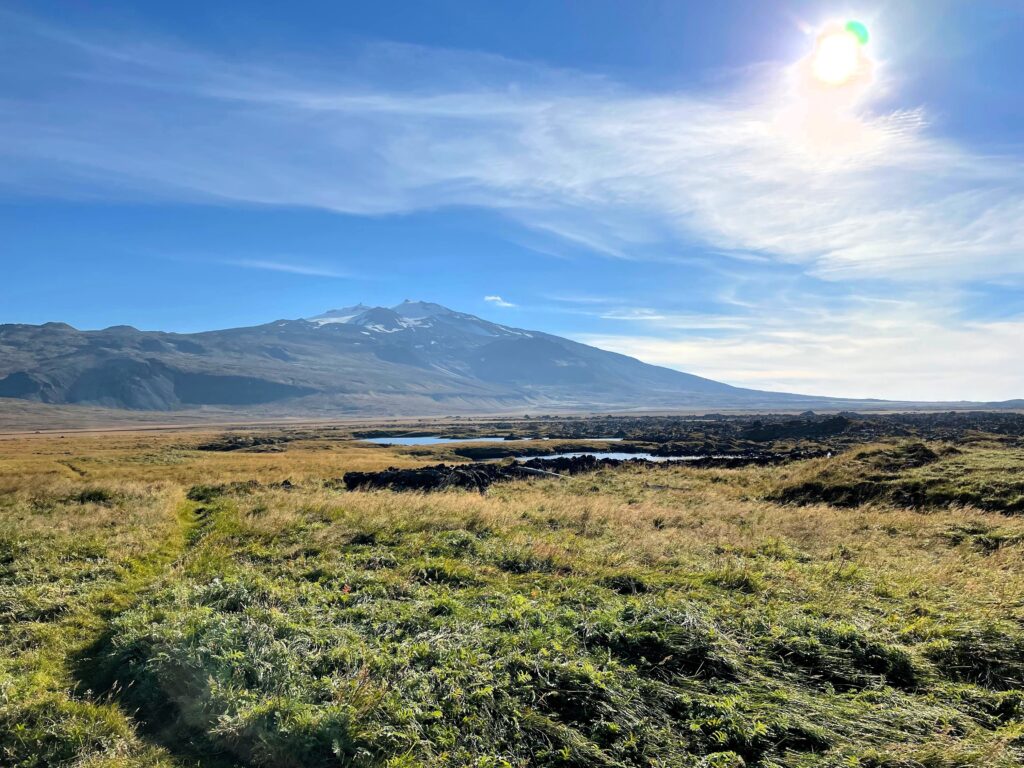
Churches
Fishing flourished in the 13th century and the human population grew in the areas around the glacier. A church had been built on Ingjaldshóll hill before 1200AD. A new church was built in 1317 or 1318. Early on the church was considered the third largest church in the country after the cathedrals in Hólar and Skálholt. The size of the church bears witness to the sizeable population of nearby towns and villages, at least during fishing season. Until the middle of the 16th century there were also churches in Einarslón and Saxhóll as well as a chapel in Öndverðarnes. The current church at Ingjaldshóll, built in 1903, is the oldest concrete church in Iceland and indeed in the whole world.
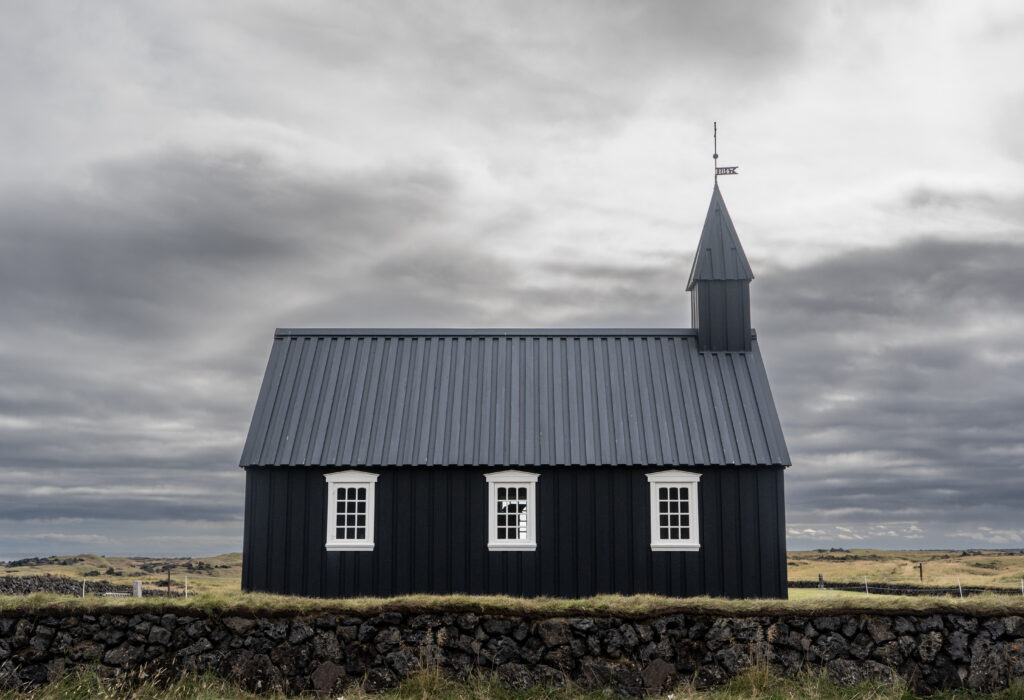
Fishing
Rich fishing grounds were nearby, and fishing stations were constructed where there was good access to the open sea. Dritvík is one of the best-known examples. It was one of the largest fishing stations in Iceland for a time, with 40-60 boats and 200-600 people employed there. Fishing was seasonal and therefore the number of people living in the area varied. Fishing declined on Snæfellsnes Peninsula during the 19th century because of changes in fishing techniques and fish processing methods. Due to the new and improved ways of fishing lifestyles changed the number of villages in the region were increasing. Villages close to the National Park include Hellissandur, Rif and Ólafsvík. They were all fishing and commercial centres. Today, they are still flourishing fishing ports with lively communities.
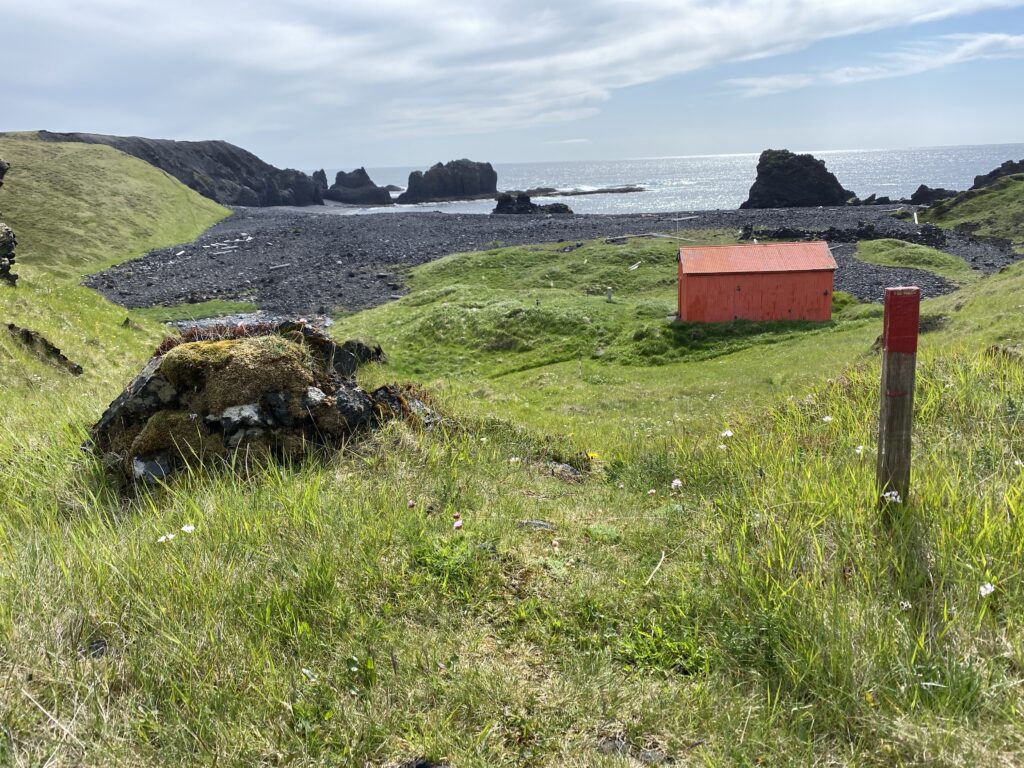
Historical era
The western most-part of Snæfellsness is not often mentioned in ancient records, but if then mostly in connection with the transportation of stockfish in the region. The adventurous Bárður Saga Snæfellsás is the best known of the Icelandic Sagas that took place in this area. There are archaeological remains from the period of Iceland’s settlement around 110 years ago – examples of which are the Forni-Saxhóll farm, Berutóftir and Írskubúðir. Near Gufuskálar are a large number of dome-like structures of unknow origin, thought to be between 500 and 700 years old and are possibly the oldest relics of fishery in Scandinavia. A few people believe that these structures served instead as places of prayer or meditation for Irish monks who may have once lived in the area.
